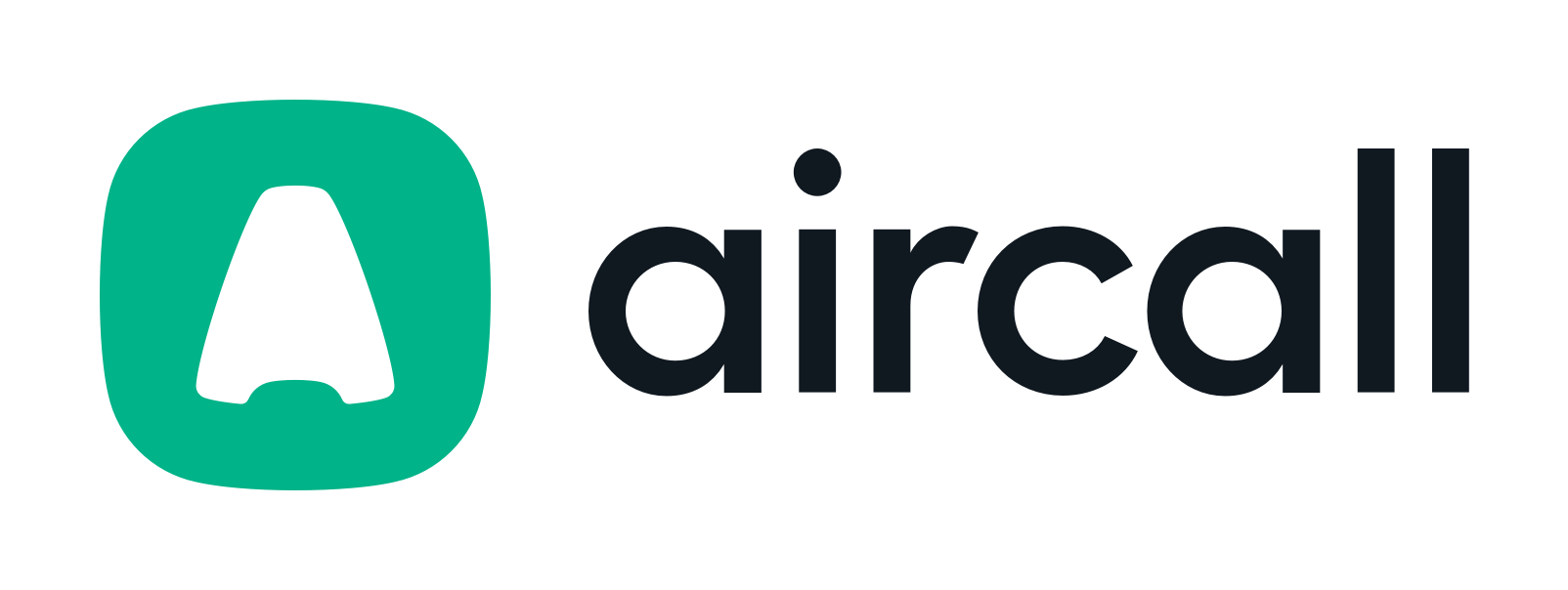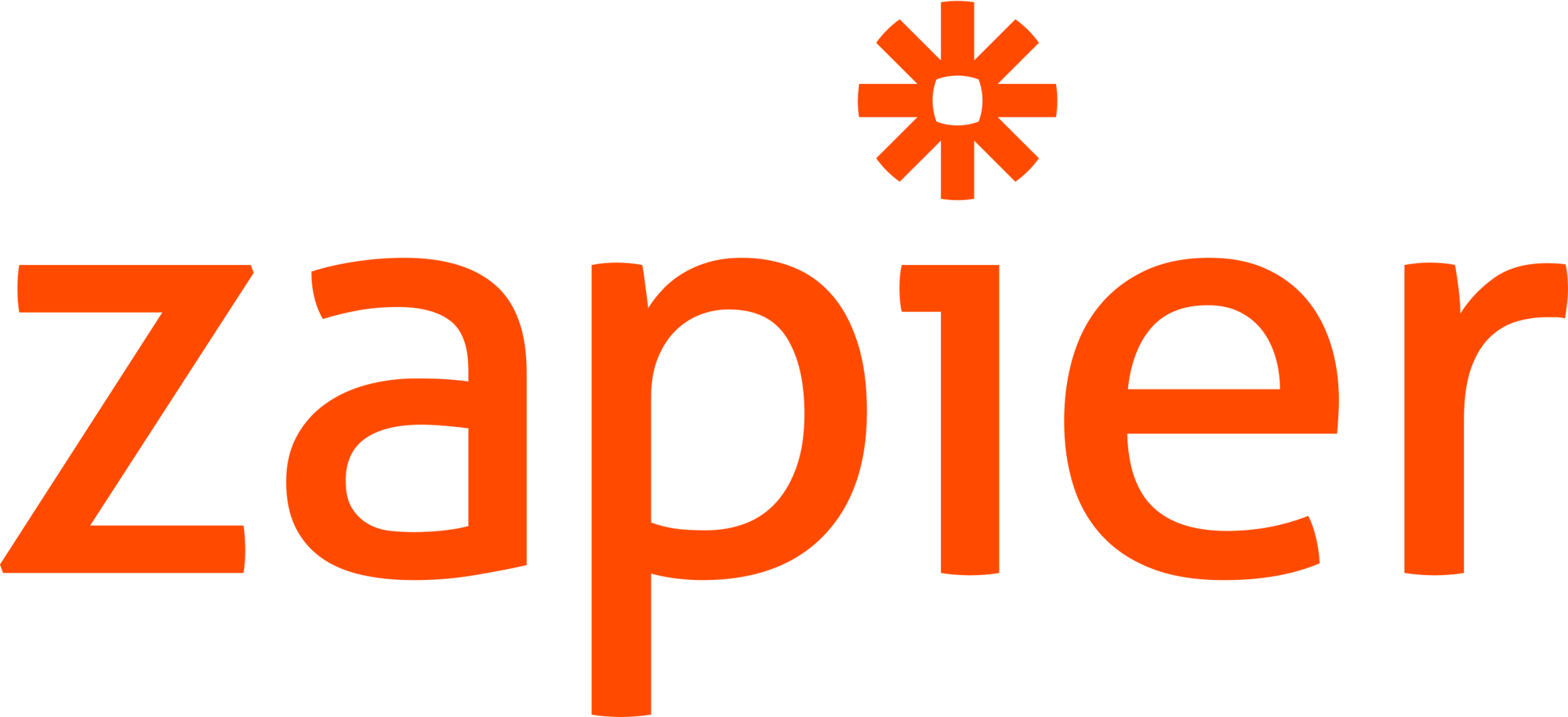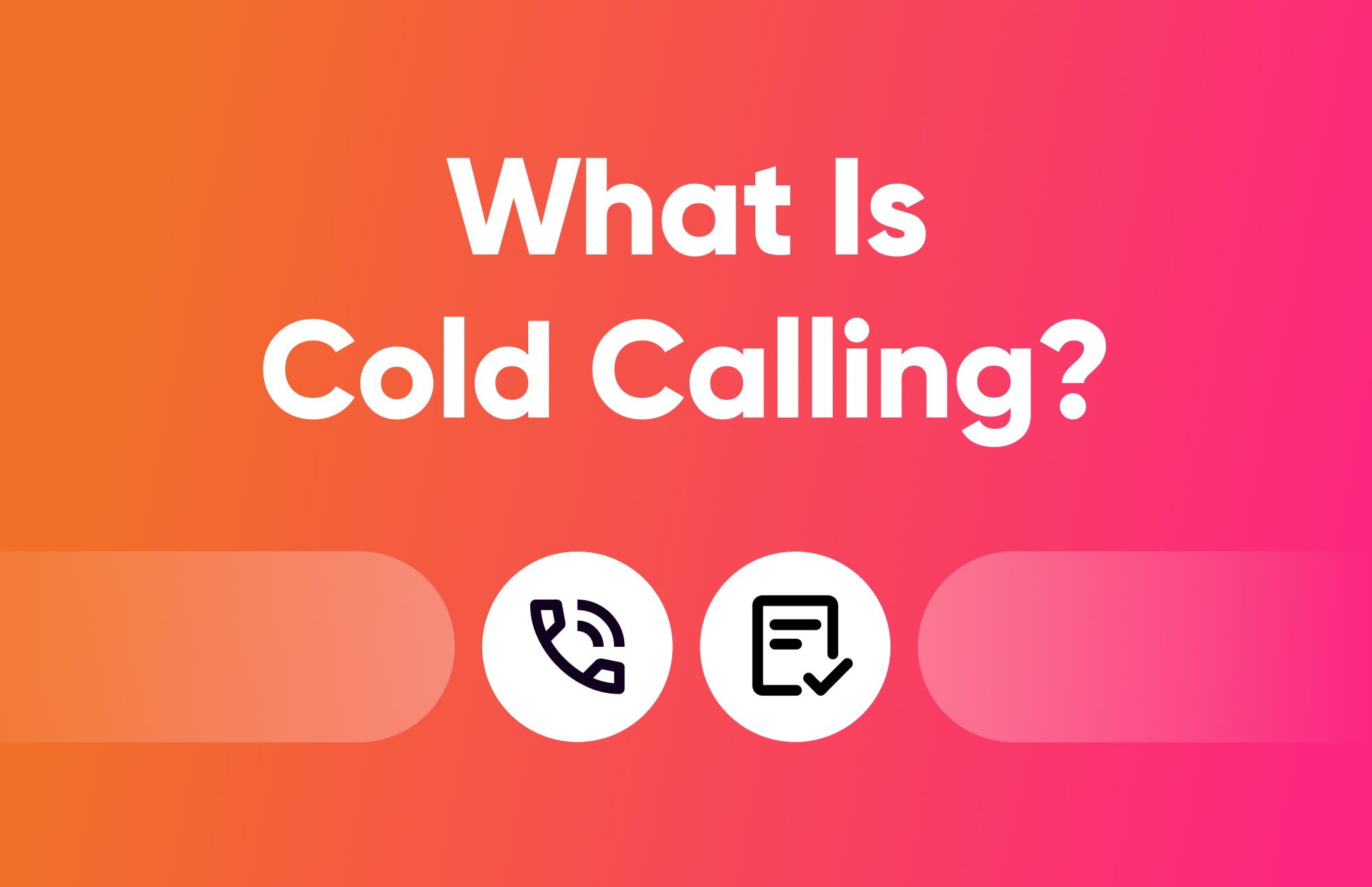![15 Best Sales Cadence Software For 2025 [Compared]-festured-image](https://6052405.fs1.hubspotusercontent-na1.net/hubfs/6052405/2023%20-%20Blog/EN%20SEO%20blogs%20%28Clusters%29%20%5B%2B%20FR%2c%20ES%20and%20DE%20variations%5D/Outbound%20sales%20%28cluster%29/Sales%20cadence%20software/EN_sales-cadence-software-card.png)
There are so many sales and marketing tactics you can use to both find and attract new leads.
Inbound sales techniques use value-centred strategies that can help you nurture relationships with leads.
Outbound sales techniques, meanwhile, focus on proactive prospecting and outreach to take control of your pipeline.
Both inbound sales strategies and outbound sales techniques are essential for reps today. Combining both methods will help your sales team maximize the pipeline by increasing discoverability for in-market leads while also ensuring you can create demand with outreach initiatives.
In this post, we’ll examine the differences between inbound and outbound marketing and sales strategies and how to leverage both for the best impact.

What is inbound sales?
Inbound sales is the practice of increasing discoverability and up-front value to help in-market prospects find your brand. It helps customers to learn more about you and ultimately reach out to your sales team themselves.
Inbound sales techniques can help you increase your brand’s or rep’s visibility and authority in your industry.
Common inbound sales methods include:
- Online tools.
- Content marketing.
- Search engine optimization (SEO).
- Pay-per-click marketing campaigns.
- Online events, including webinars and workshops.
- Social media marketing, including posting regularly on LinkedIn.
There are several key advantages of inbound marketing:
Help customers find you: Inbound sales techniques can help high-intent leads find you when they’re currently in the buying process; these are leads your sales team might not have found otherwise.
Build trust early: Valuable content upfront can build trust early before leads even get in touch.
Generate marketing-qualified leads (MQLs): Giving sales reps a list of MQLs can reduce some of the heavy lifting they need to do for prospecting and can increase the overall pipeline.
Effective long-term: Many inbound marketing strategies have long-term or “evergreen” benefits. Online resources that have been published will continue to provide benefits even if you need to scale back on new creation or outreach efforts in the future.
There are also a few disadvantages to consider:
- Requires ongoing effort: Most inbound marketing strategies require consistent, ongoing efforts to build momentum.
- Needs a “ramping up” period: Many inbound strategies require consistent work over a long period of time (sometimes six months or more) before yielding results. This can be a disadvantage for brands that need to increase their pipeline quickly.
- Relies on existing demand: Inbound strategies rely heavily on potential customers looking for products, content, or services similar to what you’re selling; they aren’t effective at generating new demand.
What is outbound sales?
Outbound sales techniques typically involve proactive prospecting and outreach processes. SDRs will identify potential leads that align with their ICP and connect to qualify the prospect.
Common outbound sales methods include:
- Cold calling.
- Email outreach.
- Direct mail.
- Connection requests on platforms like LinkedIn.
Account-based marketing and selling often revolve around outbound sales strategies.
Outbound sales strategies have several key benefits:
Gives sales reps agency: Sales reps don’t have to wait for new leads to come in; they can identify high-value prospects and reach out themselves to generate a pipeline.
Targeted approach: Reps can personalize their outreach methods and messaging based on each individual prospect, increasing their potential success.
Immediate results: You can start identifying leads and making cold calls today, allowing you to increase your pipeline immediately.
Create demand: Sales reps can speak to prospects who haven’t necessarily been in the market to explain how they could benefit from your product or service, effectively creating demand.
And, just like inbound marketing, outbound techniques also have disadvantages to consider:
- It’s a quality game: Cold calling is very much a quality game, with an industry average success rate of 2.3%. You need to really think about who you’re targeting.
- Costs can be high: The costs of employing and training sales staff can be high over time, though it often yields significantly positive ROI.
- High objection rates: Cold outreach can result in high objections from potential leads, though the right strategies can help you overcome objections early.
Key differences between inbound vs. outbound sales
There are a few key differences between inbound and outbound sales. Let’s consider each.
Initiation of contact
Initial outreach is a key difference between the two options. ☎️
With inbound sales strategies, the prospect is the one who reaches out. This may happen by submitting a lead form, sending a message to a sales rep on LinkedIn, or making a purchase outright.
Outbound sales strategies, meanwhile, require the sales rep to initiate contact with the prospect through cold calling, cold emailing, direct mail, or getting in touch on social media.
Expenses
Both inbound and outbound strategies can be costly. 💰
Costs of inbound sales techniques may include:
- Salaries and benefits for in-house content marketers and writers.
- Fees for freelance writers, designers, and editors.
- Software like keyword research, design, social media, and editing platforms.
- Pay-per-click costs.
Costs of outbound sales techniques may include:
- Sales tech stack for prospecting, outreach, and pipeline management tools.
- Email marketing and analytics software.
- Salaries of hiring and training SDRs and sales reps.
In many cases, scaling outbound sales techniques may be more costly than inbound techniques as it may require hiring for additional roles.
Sales cycle length
Each business will have its own unique buying cycle, but there are differences between inbound and outbound cycle lengths. ⏱️
Inbound sales cycles may be shorter, especially once prospects get in touch. They likely found your content when they were already in-market (or close to it!) and decided they were interested in your product on their own.
By the time they reach you, they’re already warm leads and may only need assistance completing their purchase.
Outbound sales cycles, meanwhile, start with true cold leads. As a result, it may take more time to get decision-makers on board, establish trust, and close deals.
That said, keep in mind that new outbound lead generation and sales efforts may help you build a pipeline more immediately than new inbound campaigns.
Scalability
Ultimately, both inbound and outbound marketing strategies can be scaled up and down according to your business’s needs.
Depending on your budget, inbound marketing may be more effective than outbound sales techniques. Scaling outbound marketing may require hiring more staff and leveraging much more expensive software.
It’s important to ensure that you maintain quality alongside quantity as you scale either option.
It’s particularly crucial to monitor the quality when scaling outbound techniques, however, as sales reps can easily become overstretched or rely too heavily on automation. While automation can be helpful for team efficiency, it can also reduce quality outreach.
Integrating inbound and outbound strategies
In the debate between inbound vs outbound strategies, it’s easy to focus on which is better.
In reality, both have distinct strengths and weaknesses that directly complement the other. Leveraging both inbound and outbound—instead of choosing one or the other—is key to a successful, cost-efficient, and scalable approach.
This is why so many companies have SDRs and active blogs or social media profiles; they’re taking advantage of both strategies. They can attract customers who are looking for products or services like theirs, and identify potential leads who fit their ICP.
Successful integration requires alignment between marketing and sales teams around the following:
- Which ICPs to prioritize.
- What information the sales team needs to qualify leads effectively.
- When marketing teams should hand MQLs to sales reps.
- What resources sales teams need to help nurture leads.
An integrated sales approach may include:
- Middle-funnel and bottom-funnel content marketing to attract buyers researching a purchasing decision through SEO.
- Sales reps that are active on their personal LinkedIn to build reputations and establish their own networks.
- Pay-per-click campaigns on a competitor’s branded keywords to attract high-intent customers.
- Account-based marketing strategies that focus on SDRs targeting potentially high-value prospects.
Best practices for each approach
Ready to get the most out of both inbound and outbound sales techniques?
These are the best practices for inbound sales campaigns:
- Focus on problems you can solve: When creating ads, content campaigns, and social media posts, stress customer pain points. Address problems that you can solve and explain how.
- Align with sales: Working closely with sales can help marketing teams understand what resources are driving high-quality leads and which campaigns to prioritize.
- Be consistent: Inbound marketing typically requires consistent and ongoing efforts for success. The exception is PPC campaigns, which can provide immediate results.
- Be original: We’re long past the days when writing a keyword-filled post would generate traffic. Create new, valuable content that offers original insights that will help you stand out.
In both, you’ll need to account for differences in the markets you target; here’s an explanation from Benjamin Mouquet, Sales Director for Cognism France, about his experience of this. ▶️
Here are the best practices to get the most out of your outbound sales efforts:
- Personalize your pitches: Relevance is everything to capturing a cold lead’s attention and moving the conversation forward. Whether you’re cold calling or cold emailing, make sure that you do your research and personalize your pitch for each lead.
- Leverage sales and prospecting tools: Tools like Kaspr, for example, can help you identify high-value prospects and scale up lead generation.
- Follow up regularly: Outbound sales efforts have longer sales cycles, so follow up regularly to ensure progress.
- Take a targeted approach: When your SDRs know exactly what your ICP looks like, they can more easily identify and qualify prospects that are more likely to convert.
Scaling up your sales strategies to build your pipeline
Both inbound and outbound sales strategies can be scalable, especially when you have the right tech stack to help.
Before scaling up, it’s important to assess your business needs, including:
- Short-term and long-term goals: Consider how specific inbound and outbound strategies could help you reach 30-day, 90-day, quarterly, and six-month goals.
- Budget: It may be more cost-effective to scale up inbound marketing strategies, especially if you already have momentum and they’re working for you.
- Available resources: Do you have the time and resources to train new SDRs if you want to scale up outbound sales? And if you want to scale up inbound, what resources would you need to do that?
- Buyer awareness: Are buyers already aware that products or services like yours exist? If not, inbound marketing may not be effective because they don’t know how to find you.
Remember to reassess your needs and strategies regularly. You may discover that certain strategies need revision or that some are more effective than others. Careful monitoring allows you to pivot quickly and reallocate resources as needed.
Frequently asked questions
What is the main difference between inbound and outbound sales?
The main difference between inbound and outbound sales techniques is their approaches to converting new customers.
Inbound techniques rely on helping customers find and get in touch with the brand, while outbound techniques involve strategic outreach to specific prospects.
Can businesses effectively use both inbound and outbound sales strategies?
Yes, businesses can use both inbound and outbound strategies in conjunction— and they should! Leveraging both inbound and outbound techniques will help you reach as many potential customers as possible.
Which approach is more cost-effective?
Both outbound and inbound marketing can have varying costs, depending on how you invest in and scale your efforts.
In general, outbound selling can be more expensive once you consider the costs of paying, hiring, and training staff, along with the costs of equipping them with the tools they need. However, inbound marketing can also come with high costs, and outbound marketing may have a higher ROI.
How can I measure the success of my inbound or outbound sales efforts?
You can measure the success of your inbound and outbound sales efforts by tracking key metrics using dedicated tools. For example:
- Web analytics tools can help you track how content efforts drive inbound traffic and generate leads.
- Pipeline management software can help you assess key metrics like number of active leads, deal progress, deal value, and win rates.
- Social media analytics tools can help you determine metrics like reach, profile views, and clicks to your website to assess on-platform results.
Accurate European contact data
Get accurate data for your prospects and connect with your favorite sales tool








![The SMB Guide to Cold Calling [+3 Data-Backed Strategies]-festured-image](https://6052405.fs1.hubspotusercontent-na1.net/hubfs/6052405/2-Pie%20Chart.png)